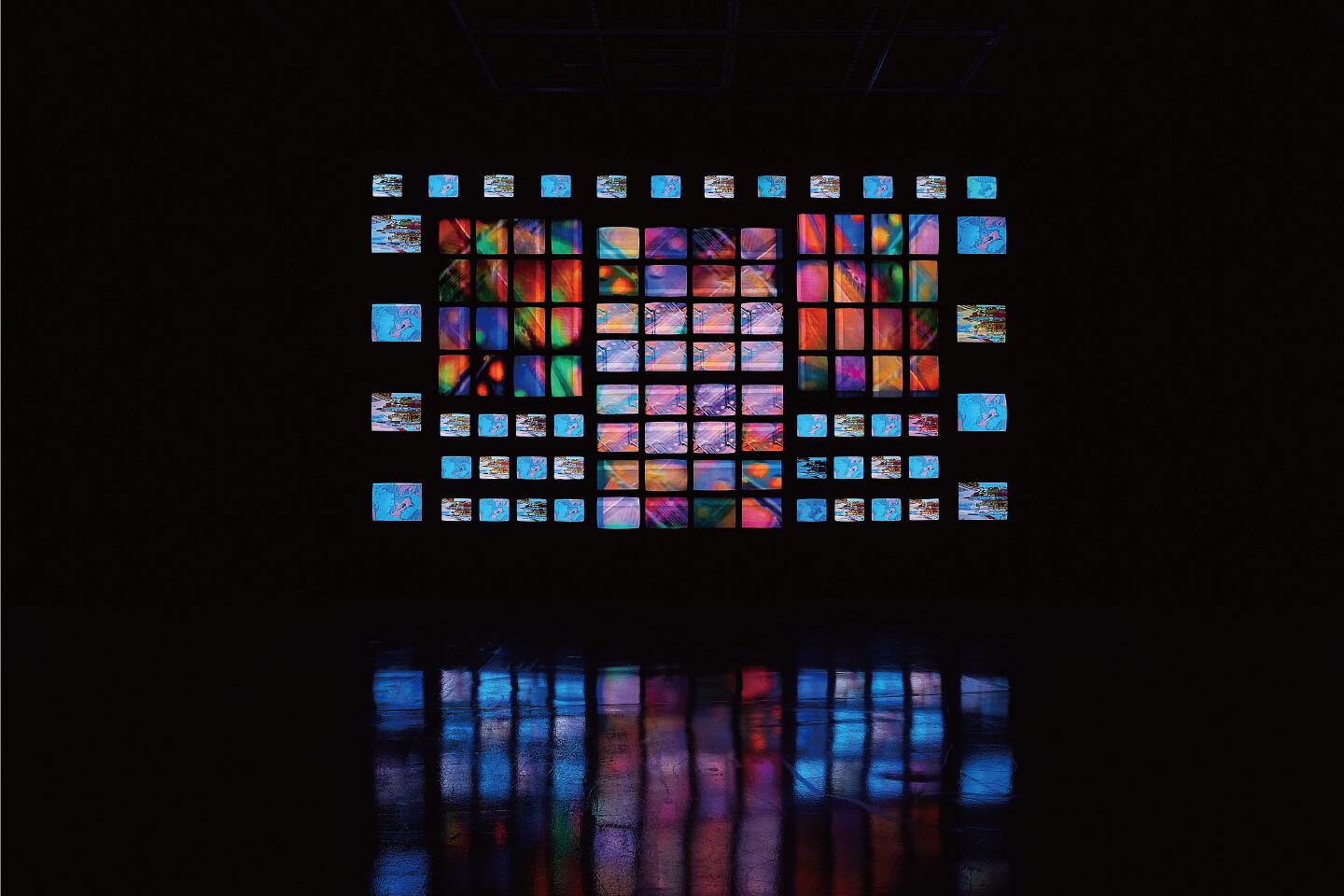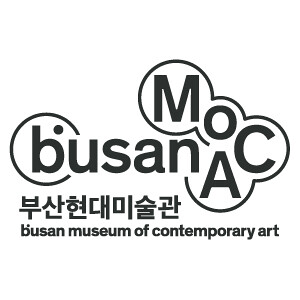November 30, 2024–March 16, 2025
1191, Nakdongnam-ro, Saha-gu
Busan
49300
Korea
Hours: Tuesday–Sunday 10am–6pm
T +82 51 220 7400
“TV will gain many branches…two-way interactive TV for shopping, library research, opinion polling, health consultation, inter-office data transmission, and…1,001 new applications…a nuclear energy in information and society-building, which I would call tentatively ‘Broadband Communication Network.’”
There has been no prophecy about today’s global web and media industries that is as accurate as the one made by Nam June Paik in 1974. He was someone who constantly crossed back and forth over the line that divides art and science, inventing machines that gave religion a new mode of expression and would only be realized long after his death. “Nam June Paik, Nam June Paik, and Nam June Paik,” a retrospective co-hosted with the Nam June Paik Art Center, pays homage to an artist who saw the future more clearly than anyone else. It shows his robots, machines, musical instruments, and various artworks not as relics of a bygone era but eerily prophetic treasures about the world in which we live.
The exhibition is organized into three sections.
The first section, “My Jubilee lst Unverhemmet: 1960 to mid-1980s,” begins on the second floor with the story of Fluxus and Paik’s first solo exhibition of 1963. Trained and educated as a musician, Paik eventually turned to avant-garde art. He was invited to join Fluxus in the 1960s, with records of his performances from these years having largely survived in both video and textual format. The Fluxus corner displays video interviews, drawings, photos, posters, leaflets, and other sources on Paik’s radical and experimental philosophy. After taking in Robot Opera, visitors will see Opera Sextronique, which features cellist Charlotte Moorman. Paik and Moorman’s shared interest in avant-garde music, live performance, and the sexuality of classical music launched a professional collaboration that continued for almost 30 years.
The second section, “Nam June Paik and Film,” as the title suggests, spotlights video footage of Paik. A theater-like space will be screening 10 works on Paik daily, including Global Groove, the 1973 piece that was the inspiration for this exhibition, and Nam June Paik: Moon is the Oldest TV, a documentary.
The third section, “World of Nam June Paik: late 1980s to 2006,” brings the exhibition to a close on the first floor. It displays some of Paik’s most famous works that many visitors will remember seeing in textbooks, including items from the TV Robot series, which was produced from the mid-1980s until the 2000s, and the massive Forest of Cage-Revolution of the Forest, which has been reinstalled for this exhibition. The televisions, which are installed amid tall trees that are symbols of nature’s vitality, screen videos of Ryuichi Sakamoto playing and singing along to Okinawan folk songs and performances by Paik, Charlotte Moorman, and John Cage.
“It has to look like a forest.”
The artwork, inspired by Paik’s visit to the thick forests of Okinawa’s northern tip, offers visitors a lush electronic pastoral scene created, based on Paik’s instructions, with trees and indicator plants native to Korea. The exhibition ends with 108 Torments of Mankind, a collage of 108 TV monitors that, quite literally, embodies Paik’s belief that the TV can link all of humankind together on a journey to a future of pure happiness. It was created in 1998 specifically for the Gyeongju World Culture Expo and underwent monitor repairs for this exhibition.
Nam June Paik, Nam June Paik, and Nam June Paik highlights the fact that all artistic formats are connected to one another and that the art museum is a good place to enjoy the experimental genius and craziness of Paik’s creations. At the same time, it is an opportunity to recognize how important it is for us to work together, especially in a world dominated by cosmopolitanism.








